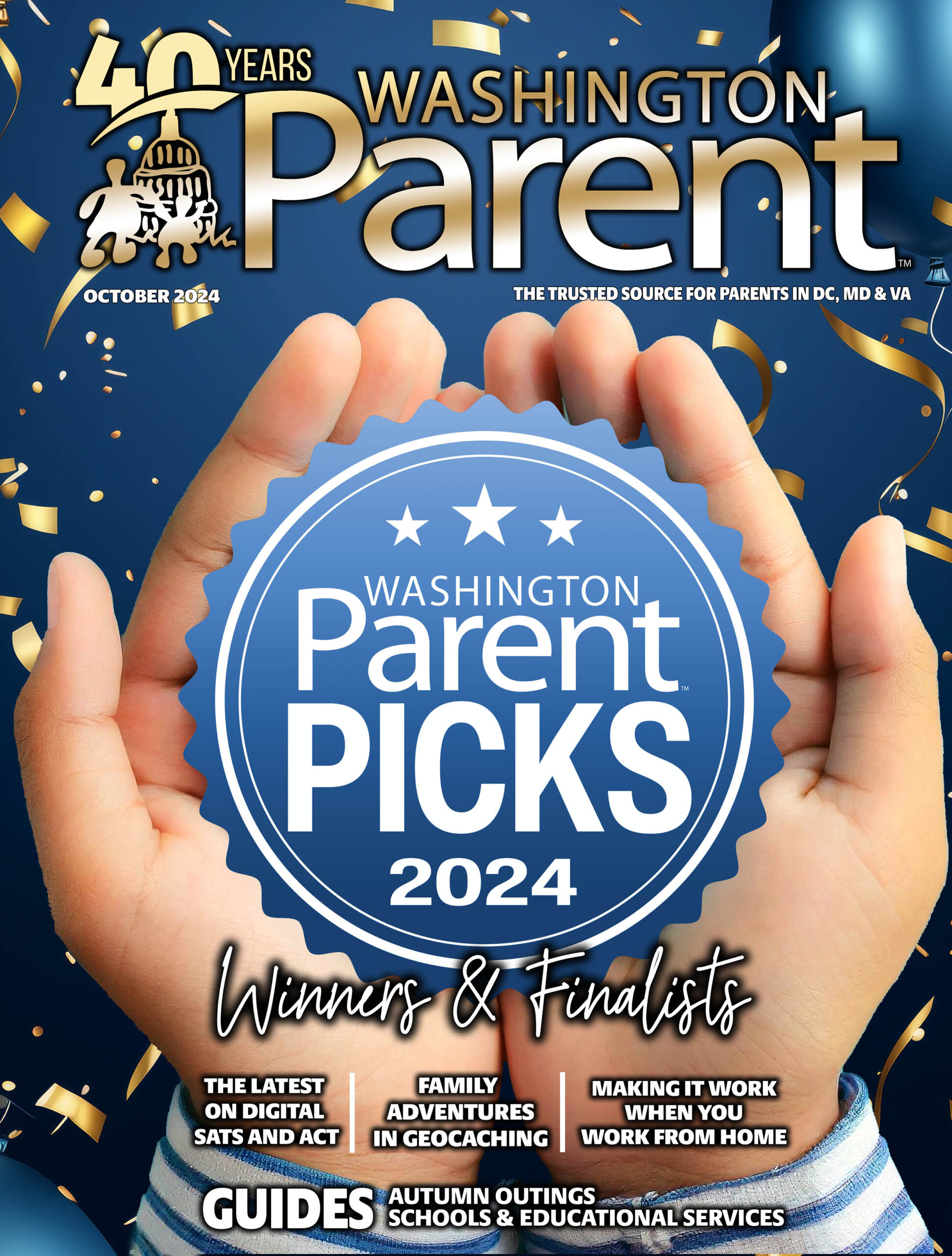It is universally accepted that visiting a college before accepting an
offer to attend can influence a student’s success. The conundrum for
parents is, given the time and expense of visits, how best to help their
student figure out what type of school is the best fit?
The answer is anything but straightforward given that factors – ranging
from family finances to high school class schedules to college admission
calendars – present challenges for students and parents alike. Further
complicating the visitation puzzle is the way in which some colleges view a
student’s presence on campus as a demonstration of interest, which can
affect his admission.
While a college visit won’t make or break a student’s admission, “it is
another box that a student can check off,” says Robert Rummerfield, founder
and director of College Visits in Charleston, South Carolina and a former
assistant director of admissions at The Johns Hopkins University in
Baltimore, Maryland. “Ultimately what admission comes down to is who has
the most check marks.”
“Colleges also recognize that if you’ve come to campus and had a great
experience, there is a statistically better chance that you will accept
their offer,” says Rummerfield. Given how easy it has become for students
to apply to multiple colleges – as a result of the online Common
Application and Coalition for Access, Affordability and Success – schools
are looking to identify those most interested in attending, he says.
Owen Knight concurs. “When a school, such as Tulane, has a large applicant
pool, we want to be sure there is a good chance that the accepted student
will end up matriculating,” says the New Orleans university’s assistant
director of undergraduate admission and 2010 graduate of Bethesda’s Walt
Whitman High School. “An applicant’s demonstration of interest, which may
include a campus visit, helps us figure that out.”
How a visit factors into the admissions process varies from school to
school. “As families plan college visits, it might be advantageous to focus
first on schools where interest is a factor in the admissions decision,”
says Knight. “Then, for the others, you can visit once you’ve applied or
been accepted.”
A campus visit is not the only way of demonstrating interest. “Do you have
to visit? No, you don’t. But the more ways you show you are interested, the
more it helps. That said, don’t feel as though you have to fly down and
visit a campus to demonstrate that you are engaged with the process,” says
Knight.
In lieu of a campus visit, Knight suggests high school juniors and seniors
introduce themselves to admissions officers at local college fairs or an
institution’s regional information session. “When I give a presentation at
the Hyatt in Bethesda, students get the same information as they would on a
campus tour. And I do meet with students one on one,” he says. Another
option is to attend a visit by an admissions counselor at a student’s high
school. “Depending on how many students visit, he might get a miniature
information session or a half-hour one-on-one,” says Knight.
That face-to-face time is important as it gives admissions officers an
appreciation of a student’s interest and potential. “What I love about my
job is that there is an advocacy piece to it. I am able to go to the
admissions committee, the director or the dean and say, ‘Hey, this kid is
really interested and I think you may be reading the situation wrong. I’ve
talked with him, met with him and I think he’d be an asset,'” says Knight.
Apart from racking up brownie points in the admissions process, there are
other reasons to visit colleges before a student accepts an offer. “A visit
allows someone in high school to put himself in a college student’s shoes
and picture whether the school is a place he would want to call home for
four years,” says Knight. “There are probably a handful of schools – and
they vary for each individual – that can help a student reach his full
potential, but identifying them is hard to do. Visiting is the best way to
gauge whether he can thrive and be happy there.”
“Visits help students figure out whether an urban, suburban or rural campus
is a good fit,” says Rummerfield. “While our tours only scratch the
surface, they give students a feel for the different types of campuses and
that helps them narrow their search to schools with a criteria similar to
what they found interesting and comfortable.”
Determining what types of colleges might work best for a student doesn’t
have to be a budget buster. “A good way to save time and money is to visit
schools in the D.C. region,” says Knight. “I remember when I was in high
school visiting a school that was eight hours away. It was an urban campus,
much like George Washington University, and within five minutes realized I
hated it. Really, I could’ve walked around GW for that amount of time and
come to the same realization.”
And it’s not just urban campuses that students in the region have access
to. “A benefit of living in this area is that there are some great state
flagships – such as University of Maryland, College Park and University of
Virginia,” says Knight. There are also many mid-size and smaller public and
private schools, including William and Mary, St. Mary’s College of Maryland
and McDaniel College. “You can get a feel for size and geography without
having to drive or fly for hours. If you like GW then it might make sense
to check out a school such as NYU,” he says.
The bottom line, says Knight, is that both parents and students are
“looking for an environment where a student feels supported and can spread
his wings.” While college visits are key to determining a student’s level
of comfort and interest in a type of institution, they don’t have to break
the bank.


